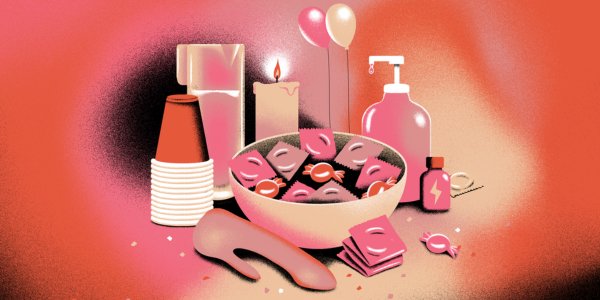Party and Play
Party and Play: Understanding the Risks and Realities
Party and Play (PnP) refers to a subculture where recreational drugs are used to enhance sexual activity, often in social or group settings. The phrase commonly describes sexual encounters involving substances like methamphetamine, GHB, GBL, mephedrone, or Viagra. These substances can increase arousal, reduce inhibitions, and prolong pleasure—but they also raise significant health and safety risks.
Within the PnP community, encounters may involve multiple partners or unprotected sex, which increases exposure to sexually transmitted infections (STIs) and emotional exhaustion. While participants may seek freedom and intensity, the combination of drugs and sex can blur judgment and consent boundaries.
The Culture and Consequences of PnP
The appeal of PnP often lies in its promise of uninhibited pleasure and connection. For some, it’s a way to escape stress or explore sexual fantasies without restraint. However, the use of stimulant and depressant substances can lead to dangerous physical and psychological effects—ranging from dehydration and heart issues to addiction and emotional dependency.
Safer participation in any sexual environment requires awareness, consent, and harm reduction. Open communication about drug use, testing for STIs, and setting boundaries before play are essential to maintaining safety and mutual respect. Understanding these factors allows individuals to make informed, responsible choices about their experiences.
FAQ
What does Party and Play mean?
Party and Play (PnP) describes sexual encounters where recreational drugs are used to heighten arousal or pleasure, often involving multiple partners and extended play sessions.
What drugs are commonly used during Party and Play?
Common PnP drugs include methamphetamine, mephedrone, GHB, GBL, and Viagra. These substances can increase stamina and desire but come with serious health risks.
Is Party and Play safe?
PnP carries significant risks, including impaired judgment, STI exposure, and drug dependency. Practicing harm reduction—like regular testing, consent checks, and avoiding overdosing—is critical.
Why do people engage in Party and Play?
People may join PnP scenes for heightened pleasure, social connection, or escape from stress. However, it’s important to balance exploration with self-care and responsibility.
How can participants reduce the risks of PnP?
Safer practices include using protection, staying hydrated, knowing drug limits, and having trusted partners present. Open communication and post-event care also support safety and well-being.
















